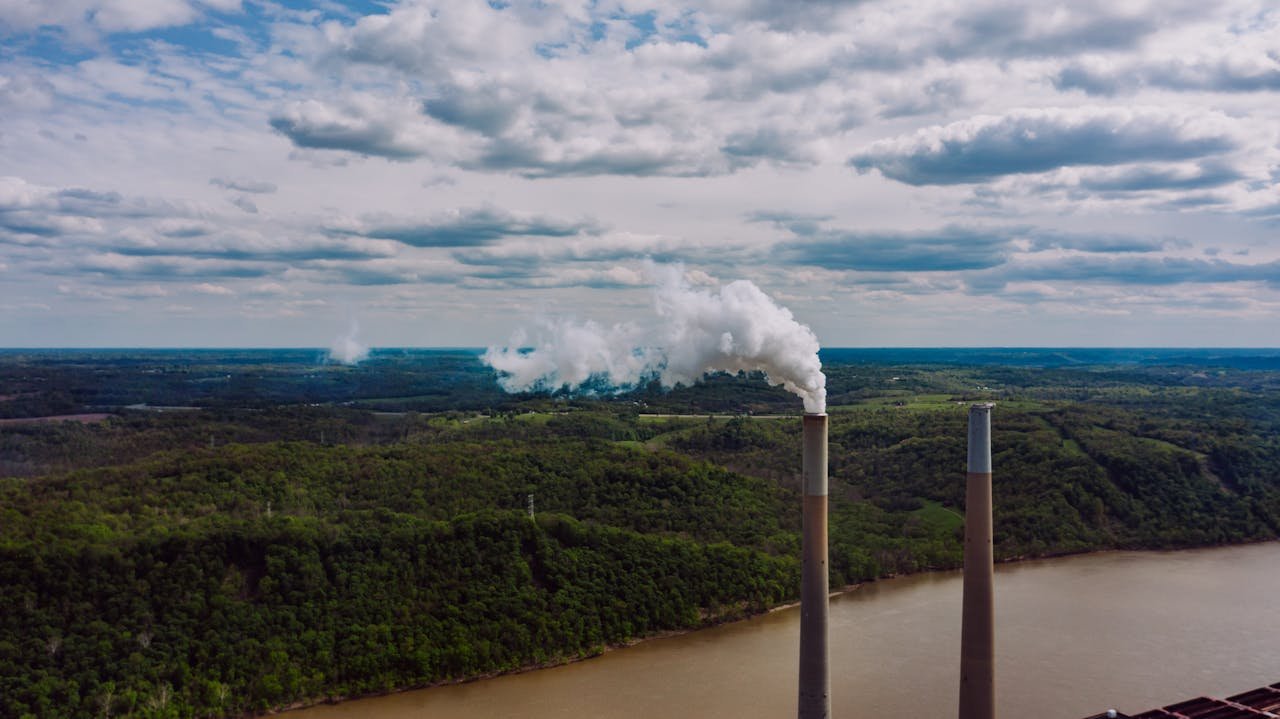The Future of Water: How Climate Change is Affecting Global Water Resources
Water beneath the sun is what sustains life on earth. Its function in the ecosystems, agriculture, industry, and human life cannot be contested. But now, on a dominant basis, such water resources of the planet are under extreme pressure because of increasing climate change impacts. The shriveling glaciers, prolonged droughts, and everything else are making uncertain the future of water. The article deals with how climate change is rewriting world water resources and its interface with people’s future on earth.
The Climate-Water Link
Climate change is influencing the global water cycle in a very deep sense. The increase in global temperatures due to greenhouse gases has increased the rate of evaporation, disturbed the precipitation pattern, and altered the natural distributors of water balance. Geographically, such changes are not uniform, as some parts are considered prone to extreme flooding activity-Flooding; while others are short of water supplies.
- Melting Glaciers and Snowpack
Glaciers and snowpack are natural reservoirs that act by storing water and releasing it gradually during the warmer months. As temperatures go up, these icy reserves melt at a staggering speed. For instance, in Himalayas, the glaciers retreat at a high speed threatening the water supply on which millions in Asia depend through rivers like the Ganges, Brahmaputra, and Yangtze. Similarly, the reduced snowpack in Sierra Nevada and Rocky Mountains is depriving the Western United States of greater water availability. - Changes in the Pattern of Rainfall
Climate change is altering precipitation patterns resulting in numerous severe weather changes. For some parts, this is characterized by heavy rains and floods, whereas in some else places it manifests as extended spells of drought. For example, Sub-Saharan Africa is suffering from increasing intensity and frequency of droughts, to the shock of agriculture and livelihoods. Southeast Asia is now dealing with increased intensity of monsoons leading to massive floods. - Rising Sea Levels and Salt-water Intrusion
As a result of ice-cap melting and thermal expansion of seawater, coastal resources of freshwater are endangered from saltwater intrusion. When this happens, salty water contaminates freshwater aquifers rendering them unfit for drinking or irrigation. Islands and low-rise coastal areas like Bangladesh and the Maldives are most affected.
The human impact
The impacts are far-reaching, affecting food security, health, and economic stability.
- Food security
Agriculture uses some 70 percent of global freshwater. Changes in water availability resulted in crop disturbances, causing a decline in yields and rise in food prices. In contexts where water is already scarce, such as the Middle East and North Africa, the situation only promises to worsen, with possible added tensions in social welfare and migration. - Health risks
With water scarcity and bad water quality comes a range of problems for human health, from acid for the stomach with cholera, scrambling of the body with dysentery, et cetera. Droughts, which are common practical and symbolic imagery with climate issues, allow malnutrition and famine. Flooding is a breed of another risk with contaminants and infrastructure destruction, which is a whole other consideration to be concerned with in public health. - Economic consequences
Water is the lifeblood of many economic activities, from energy production to manufacturing. Additional prolonged droughts disrupt hydropower generation; water shortages lead to a halt in the production schedule of industry. The World Bank estimates water scarcity, hastened by climate change, could impose some regions 6 percent-costs to the GDP through 2050.
Future Directions: Adaptation and Mitigation
Water management in a changed climate will revolve around various adaptation and mitigation strategies of the greatest scope and variation concerning their application.
- Sustainable Water Management
Efficient water use and conservation should be enhanced by investment in technologies like drip irrigation, rainwater harvesting, and wastewater recycling, with conservation of ecosystems like wetlands and forests, which serves as a water regulatory system, also prioritized by the governments and communities. - Climate-Resilient Infrastructure
Such constructions, as flood barriers, water storage, and desalination plants, must be undertaken to enable infrastructure development in extreme weather conditions. - Global Cooperation
Water crosses borders and thus demands cooperation between various states. It would be crucial to enhance trans-boundary water agreements like those in the Nile or Mekong, as this would guarantee equitable sharing of water in a sustainable manner. - Greenhouse Gas Emissions Reduction
Lastly, firewalling water resources from prospective adverse impacts can be done through advancing climate change mitigation measures by investing in renewable energy initiatives, climate-friendly alternatives to energy use, and sustainable land use over the Earth.
Conclusion
The future of water is inexorably tied to the future of our planet, as climate change will continue to disrupt the water cycle further complicating the issues we are facing. However, by proactively adapting to and acting on climate changes, we can ensure a sustainable water future for generations to come. The time to act is now- before we run dry.
